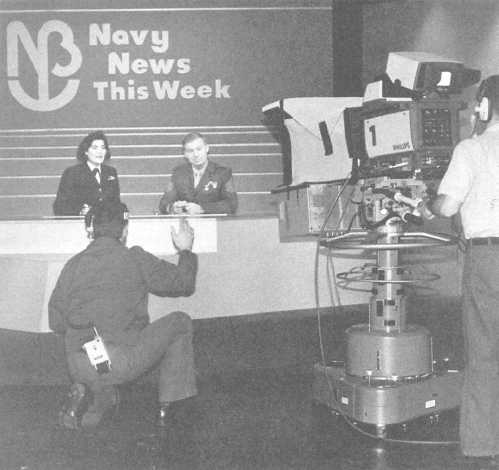Figure 14-9.—The talent, camera operator and floor manager on the set of Navy News This Week (now titled Navy/Marine Corps News).
The lower the f/stop number, the wider the lens opening.
When you zoom in, the lens will require more light, a
wider opening and a lower f/stop number.
Most television cameras have an automatic iris that
allows you to devote your attention to other important
aspects of videography, such as framing and
composition. Although the automatic iris seems ideal for
ENG assignments, it does not always work to your
advantage. With fairly even illumination, the auto iris
closes down when it sees an extremely bright area in a
scene or opens up when it senses a large, dark area. You
can avoid this by switching to the manual iris control.
Depth of Field
It is important for you to know that f/stops do more
than just determine the amount of light entering the
camera. They also affect the depth of field.
As in still photography, a large diaphragm opening
(small f/stop number) decreases the depth of field, and a
small diaphragm opening (large f/stop number) increases
it. The same rules apply when you move the camera. A
great depth of field makes it easy for you to keep the
subject in focus while moving short distances, whereas a
shallow depth of field makes it impossible for you to
move without getting the subject out of focus.
THE TELEVISION STUDIO
PRODUCTION TEAM
LEARNING OBJECTIVE: Recognize the mem-
bers of a television studio production team.
A television production, such as the one shown in
figure 14-9, relies on the expertise of several individuals
who do a myriad of jobs. These jobs are interdependent
and must be coordinated to perfection.
As a member of a television studio production
team, you will be called upon to function in any one of
the following positions:
Talent
Camera operator
Floor manager
Audio switcher
Video switcher
14-8


